Oracle | MySQL | SQL Server | DB2 | PostgreSQL | MariaDB | Amazon EC2 & RDS | Rackspace | Microsoft Azure | Google Cloud | Cassandra | Hadoop | MongoDB | IaaS | PaaS
Our award-winning Remote DBA (Remote Database Administration) service has a tradition of over 25 years. HTI Tecnologia serves companies and institutions across various markets and sectors, delivering services remotely—whether in on-premise or cloud environments. We operate with the competence, seriousness, responsibility, and confidentiality that this type of activity demands.
We support all major relational (RDBMS) and non-relational (NoSQL) database technologies from leading vendors, including: MySQL, Oracle Database (DBA Oracle), Microsoft SQL Server, PostgreSQL, MariaDB, IBM DB2, IBM Informix, SAP Sybase, SAP Hana, Cassandra, Hadoop DBA, HBase, MongoDB, and Neo4J. In addition, we provide support for cloud technologies such as Oracle Cloud, Amazon EC2, Amazon RDS, and Microsoft Azure.
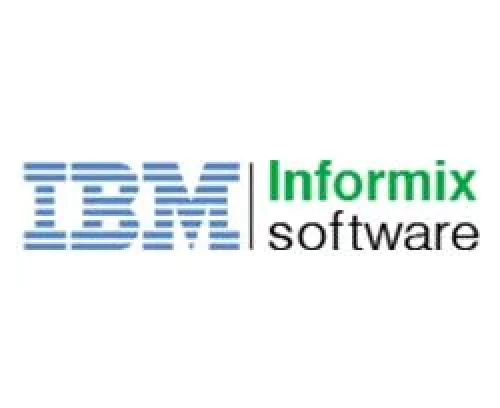

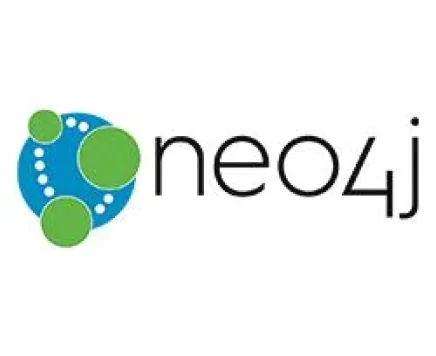
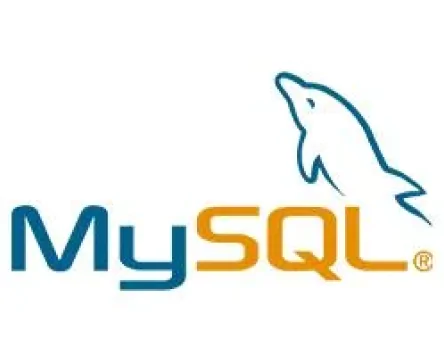
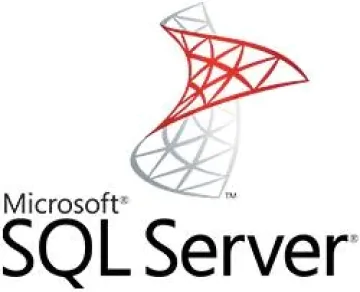
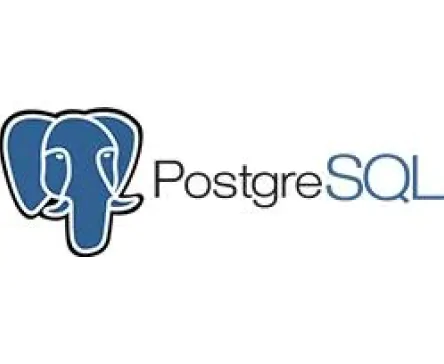

It is a tailor-made remote support service, in which roles, responsibilities, and the expected SLA (Service Level Agreement) are defined based on a custom-built approach.
As with any support service, Remote DBA is a medium-term engagement, with a minimum duration of 12 months. It can be contracted to take over all database operations or only partially. It may involve the full scope of database maintenance efforts or serve as high-level support for specific, complex, and/or critical issues on demand. Premium Custom Services: that’s the name of the game.


DBA (Database Administrator) is the most specialized and also the most well-known and recognized role when it comes to databases. The DBA is responsible for installation, maintenance, support, and performance.
Typically, Managed Service Providers (MSPs) monitor metrics related to the operation of specific hardware and/or software. HTI Tecnologia decided to go further and define behavioral metrics, such as data ingestion and manipulation, attempts to access protected objects and/or those without the proper user permissions, and the viewing or modification of sensitive data. We can also define usage and consumption metrics for data, and use algorithms to determine expected behavior patterns in how data is accessed and used. This allows us to set thresholds and generate alerts when something deviates from the acceptable range.


24/7 Monitoring Our databases are monitored around the clock through our DOC (Database Operations Center), using advanced RMM (Remote Monitoring and Management) tools. We rely on leading solutions such as Nagios, Zabbix, MONyog, as well as our proprietary tool, DBSnoop. This service includes monitoring of service availability, system stability, replication, disk space, memory, CPU usage, and a wide range of other metrics that reflect the overall health of your environment.
Consisting of a series of activities and tools to control changes related to the RDBMS, its accessories (plugins), and, above all, the embedded code within the RDBMS itself. Configuration management applies changes, updates, patches, and hot fixes to the RDBMS components and all embedded code, controls, audits, and generates reports on its activities.
Design and Maintenance of high availability platforms. Monitoring, operation, and testing. Synchronous and asynchronous replication, active-passive cluster, active-active cluster.
Data modeling validation and support. Control over changes in metadata, thus preventing service application downtime and, above all, total and/or partial data loss.
Application of changes to metadata (tables, columns, indexes, constraints, procedures, functions, etc.). Change logging and rollback when necessary.
Configuration adjustments of the RDBMS and Operating System according to the manufacturer’s guidelines and data consumption requirements. Optimization of tables and indexes. Monitoring index degradation and their statistics. Continuous tracking of data growth and consumption patterns are part of the ongoing performance improvement process.
User management and auditing, roles, privileges, access control, and resource usage/limitations in database consumption. In addition to managing users (creating users, passwords, permissions), this area also involves generating reports and metrics on what, when, and how much is consumed.
Application of best practices in maintaining a disaster recovery and continuity plan. Backup & Restore techniques. Monitoring and testing of backups. Storing backups in a secure location.
Broken? We Fix It! Critical issues that completely disrupt a database environment are rare. However, when these events occur, it’s crucial to rely on the best team of Senior DBAs to prevent the loss of valuable information and restore the environment as quickly as possible. Our team is available 24/7, every day of the year, ready for high-pressure situations that demand swift intervention and precision.
In the months of:
January (December, November, October)
April (January, February, March)
July (April, May, June)
October (July, August, September)
A statistical report will be presented with all production instances. This report includes information such as: disk/memory/CPU usage, organic growth of data/indexes/logs, problems, failures, errors, availability, etc.
Weekly, the Remote DBA will send a report with the 10 most impactful queries, including comments and suggestions for the development team to work on rewriting them.
Through the statistical data provided by active monitoring, our team of Senior DBAs will work to prevent issues and mitigate failures before they occur. They will handle problem resolution both preventively and correctively.
Applications grow. So do the data. As databases grow and the consumption increases, it can lead to slowdowns in applications and services, and even denial of service. Our team stays one step ahead of these demands by creating capacity plans, forecasting the need for resource expansion before they are actually required.
Have questions about our services or need technical assistance? Fill out the form below, and our team will get in touch with you as soon as possible.
Leaders in database solutions, committed to innovation, security, and performance to drive your business forward.